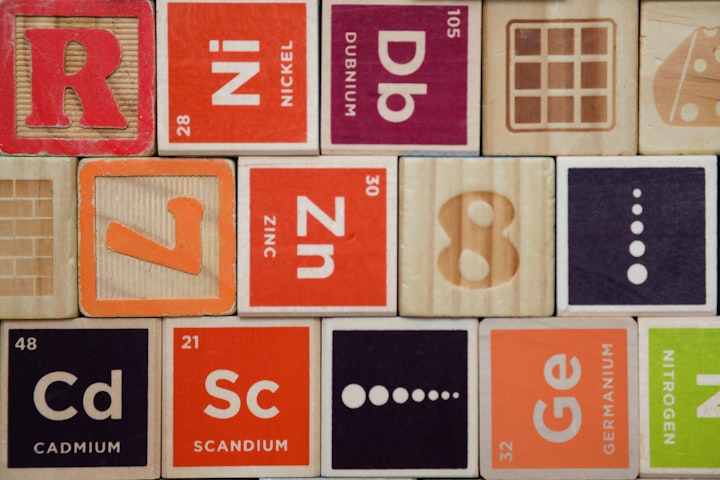Will Getting To Space Someday Be As Easy As An Elevator Ride?
By Jason Morton

The most incredible scientific discoveries and ideas started long before they became realities and one of the most fascinating concepts originated over a century ago. It’s amazing to think that way back in 1895 the concept of a “Space Elevator” was first conceived by Russian scientist Konstantin Tsiolkovsky. Even then, he considered a towering image that would stretch from the ground up to an awe-inspiring altitude of 35,786 kilometers, the height of geostationary orbit. Where did he get the inspiration from? The Eiffel Tower.
What We Know About A Proposed Space Elevator
The space elevator may never make it from reality to conception, at least not in my lifetime. It would be the most massive undertaking in history and a feat of scientific and engineering mastery that explains why there’s no date to break ground.
When first hypothesized it was thought that objects within the elevator would only need to be concerned with the ascension. Earth’s rotation would prove to be enough to force horizontal acceleration to the object traveling up and into the heavens.

Among the reasons for the space tower to remain relevant without a plan to successfully construct one, the financial aspect of space travel is among the top of the list. In theory, if it could be built, space travel would be a lot cheaper by conserving the amount of rocket fuel it takes to get free of Earth’s gravity.
It would continue to make travel cheaper as people outside of NASA and perhaps SpaceX don’t often fathom the amount of fuel used to remain in geostationary orbit and the elevator could push us to that level, allowing for travel at further than geostationary distance.
Transporting cargo payloads, despite the amazing work of Elon Musks’ teams at SpaceX, transporting payloads using conventional rockets costs around $11,000 per pound to get the payload into orbit. With a large percentage of this going toward the cost of rocket fuel some space elevator proposals envision prices dropping to as low as $100.00 per pound showing that the elevator could pay for itself.

There would be four main components of the massive space elevator in the event it makes it from concept to construction. Those are the tether or cable, counterweight, climber, and anchor.
Russian engineer Yuri N. Artsutanov postulated in 1959 that the use of a geostationary satellite as an orbital base would work as a place to deploy the elevator structure. The counterweight could then extend away from Earth, allowing the top of the structure to maintain its’ position, in the same place, high above the Earth.
Materials will be a problem getting this dream to become a reality. However, after the development of carbon nanotubes in the 1990s, it was believed by NASA engineer David Smitherman that the immense strength of the material might make the elevator feasible.
The cost of building such an immense structure will be astronomical. In 2008, Shuichi Ono, the chairman of the Japan Space Elevator Association, unveiled a new plan that he estimated would cost about $8 billion to complete. Most of the observers have the opinion the estimate is extremely low.
The idea of a space elevator isn’t going anywhere and will live on in the minds of space fanatics, scientists, fans, and writers of Sci-Fi. In 2013, the International Academy of Astronautics concluded a study that took four years before they could weigh in on the feasibility of space elevators. They concluded that the critical improvements to our capabilities rested with the tether materials. They contended that human technology would advance enough to see us achieve the necessary material strength within 20 years.

A Final Thought Or Two
We can thank the Russian that originally dreamed of such a feat or we can thank creators like Gene Rodenberry for pushing our minds and our hearts into space. We owe the advancements in technology to the scientists and the writers that took the early day sciences and put the images into our imaginations. It’s those men and women that have fueled our explorations to space, our constant creative and scientific advancements, and our capacity for human achievement.
The space elevator would serve a purpose if it were ever constructed. Presuming of course that it worked and a tragic accident didn’t send it crashing down to the earth. Eventually, and probably sooner than we would imagine, we will see the majority of space explorations and studies being conducted from space. They’ll either happen from the space stations as they continue to grow and will eventually be able to host far more visitors, or they’ll happen from massive orbital bases where we can launch to, refuel, and launch further and further into the mysterious voids of space. If there were a working space elevator, it would alleviate the financial, time, and environmental impacts on many of our future missions.
The downside of the space elevator concept will be its immense size. It would be a permanent addition to the view of the planet and something people may object to having to see from their backyards. Something this immense would be visible at great distances, only being hidden by the curvature of Earth. If in fact, we’ll have the technology by the mid-2030s, then perhaps I’ll be fortunate enough to see the beginning of this dream becoming a reality.
I hope you enjoyed the story and if you did please consider clicking the Vocal link below and joining Vocal +. You'll get access to all the perks of being a member, be able to write and share your own stories, be eligible for writing challenges worth as much as 20,000 dollars, and become part of a supportive and creative network of writers.
About the Creator
Jason Ray Morton
I have always enjoyed writing and exploring new ideas, new beliefs, and the dreams that rattle around inside my head. I have enjoyed the current state of science, human progress, fantasy and existence and write about them when I can.






Comments
There are no comments for this story
Be the first to respond and start the conversation.